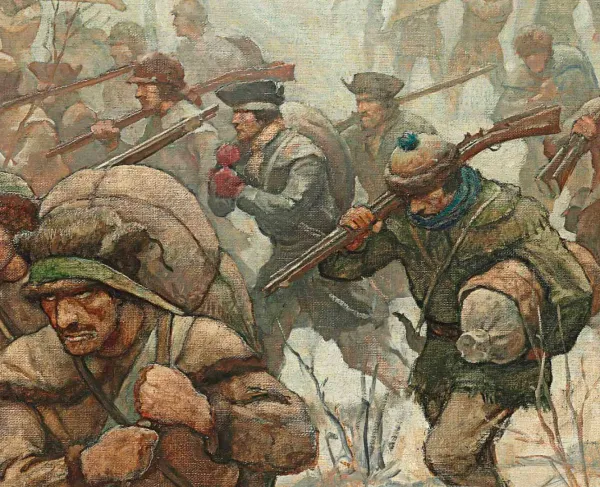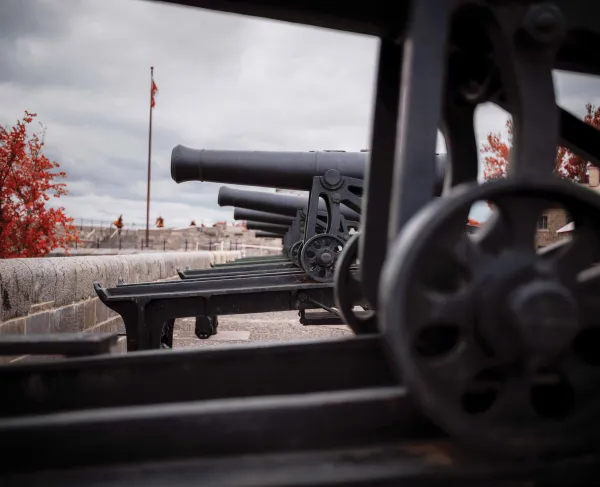Who Rules the Waves?
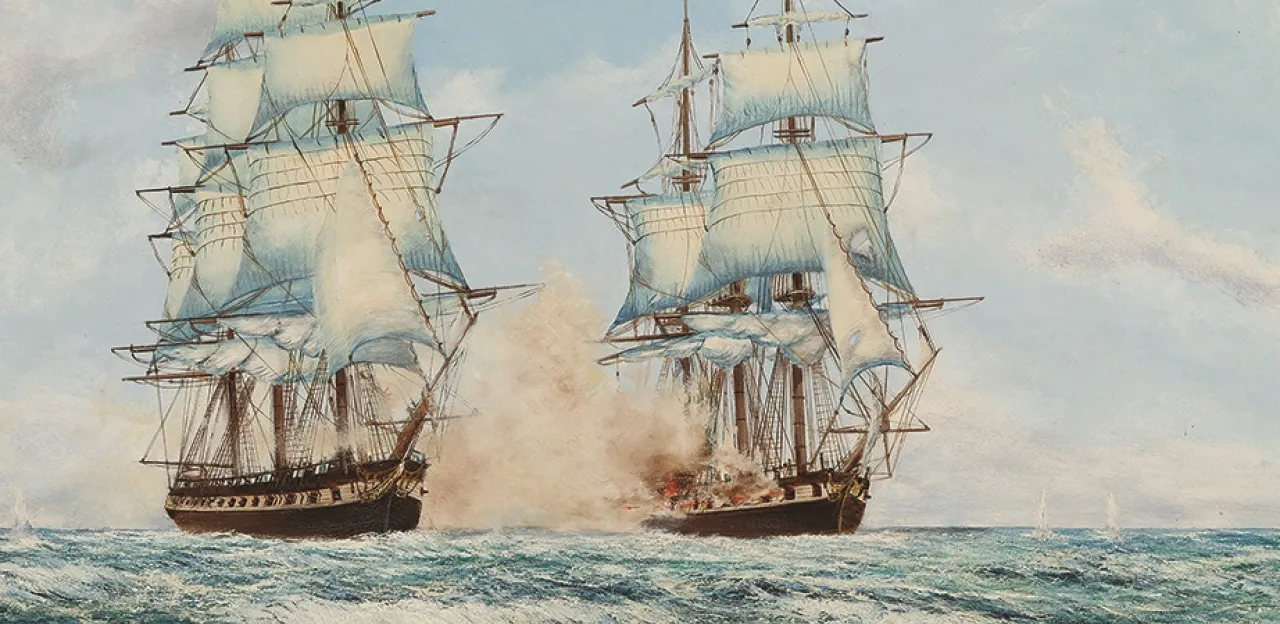
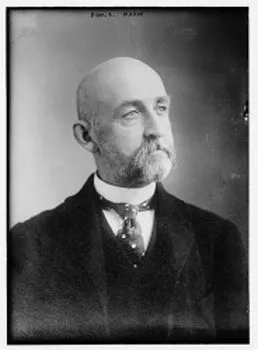
The purpose of war is rarely ever to simply kill or capture the more people than the other side. Prussian general and military theorist Carl von Clausewitz defined war as "simply the continuation of political intercourse with the addition of other means," most often meaning violent force. Often historians discuss force in the form of armies, but in all three of the major wars in early American history, the navy had a very or even equally important impact on the course of the fighting. In the late 19th century, United States navy captain and theorist Alfred Thayer Mahan wrote that he could see a direct link between national prestige and maritime (naval) authority. According to Mahan, oceans lakes and rivers are pathways, not barriers, but nations must have the initiative to take advantage of them. Not only can a country supply armies, forts, cities, etc. with additional men or supplies with ease through a strong navy, it can also prevent the enemy from doing the same. It is for this reason that although the land battles of America's first major wars are more well-known, the role of the developing United States Navy played a vital role in preserving and progressing the war efforts in the Revolution, War of 1812, and the Civil War. And while these three wars have no shortage of stories about personal heroism and legendary figures, geography, politics, and technology can have a far greater impact on the course of war.
When discussing the American navy in the Revolutionary War, as well as the War of 1812, it is necessary to contrast it with what it was up against: The Royal Navy of Great Britain. Since the late 17th century, Britain's navy was the most powerful in the world, thanks to both the size of its fleet, as well as the experience and professionalism of its officers and crew. All of this was well-suited an island country with various colonies overseas to manage as well—"the empire on which the sun never sets," is how one observer adeptly described the British Empire. The only country in Europe that could have possibly rivaled the English fleet in size was France. Many of the colonists were very experienced sailors, particularly those that worked in the port cities of Boston, New York and Charleston, but the largest and most heavily armed ships they had available to them were called frigates, which were well designed for patrolling ocean routes and escorting merchant ships (as well as preying on them), but not for large pitched battles. Britain, meanwhile, had over seventy "ships of the line," the standard battleship of the day, which could potentially field over twice as many guns as the average frigate.
We can see how this enormous disparity in technological access severely limited military options for the Americans. They knew they had no chance of destroying the British fleet head-on, nor could they launch offensives against the vital naval bases located across the Atlantic. Overwhelming odds forced the patriots to cede control of the Atlantic Ocean. Therefore, they mainly resorted to preying upon British merchant vessels through privateers, which dealt a blow to their economy and hampered its ability to send new supplies to their troops in North America. The largest warships the Americans would willingly engage would be similarly sized and armed frigates. John Paul Jones himself was mostly involved in activity of this sort, making it very easy for his many victims to characterize him as a simple pirate. For any large-scale engagements, however, the Americans needed allies, and this is where the French became so important to the war effort. While the American privateers continue to break British attempts at blockade and prey on ships delivering goods or supplies to the redcoats, it was the French and Spanish navies who attacked vital British naval positions across Europe and the West Indies, with smaller engagements occurring globally.
The inequities between the American and British navies continued into the War of 1812, though with a few differences that made the situation even more dire for the Americans. For one, they were without major allies, as the alliance with France formally ended in 1800 after the Quasi-War and Spain had been conquered by Napoleon. The second was that Congress had made little effort to do as George Washington had recommended at the end of his presidency: to create a navy powerful enough to repel potential invasions. By 1800, they had completed the construction of six frigates, including the USS Constitution, only for the Jefferson administration to hamstring any further development efforts, believing that a fleet of small gunboats manned by citizen-sailors, much more in line with his political philosophies, was more than sufficient to defend the coasts. Compare this to the fully professional and perpetually well-funded and equipped Royal Navy that had just spent years fighting off the French singlehandedly on the high seas! The results were therefore mostly predictable when war broke out. Britain organized an immediate blockade of all American ports that crippled the economy—a tactic frequently employed by the Royal Navy though a number of centuries and numerous wars. Frequent patrols by well-armed cruisers made predation on merchant vessels all but impossible in the Caribbean or Atlantic. What damage they could inflict, the British could inflict more, and most American merchants simply refused to risk running the blockade. The United States was not so outclassed on the Great Lakes, vital for maintaining control of the Canadian border, but even there, success was mixed. Oliver Hazzard Perry won his famous victory against enormous odds on Lake Erie, but the British took control of Lake Ontario in 1813 and for the rest of the war. The whole record for the War of 1812 highlights just how much of a lost opportunity this was for the United States, despite the admirable performance from the six original frigates. Mahan points out that it was well within the United States’ capabilities to construct a proper navy, ships of the line included, had policymakers followed Washington’s original advice. The navy's performance in this war shows how talent means for little when the government cannot or will not take advantage of the resources at its disposal.
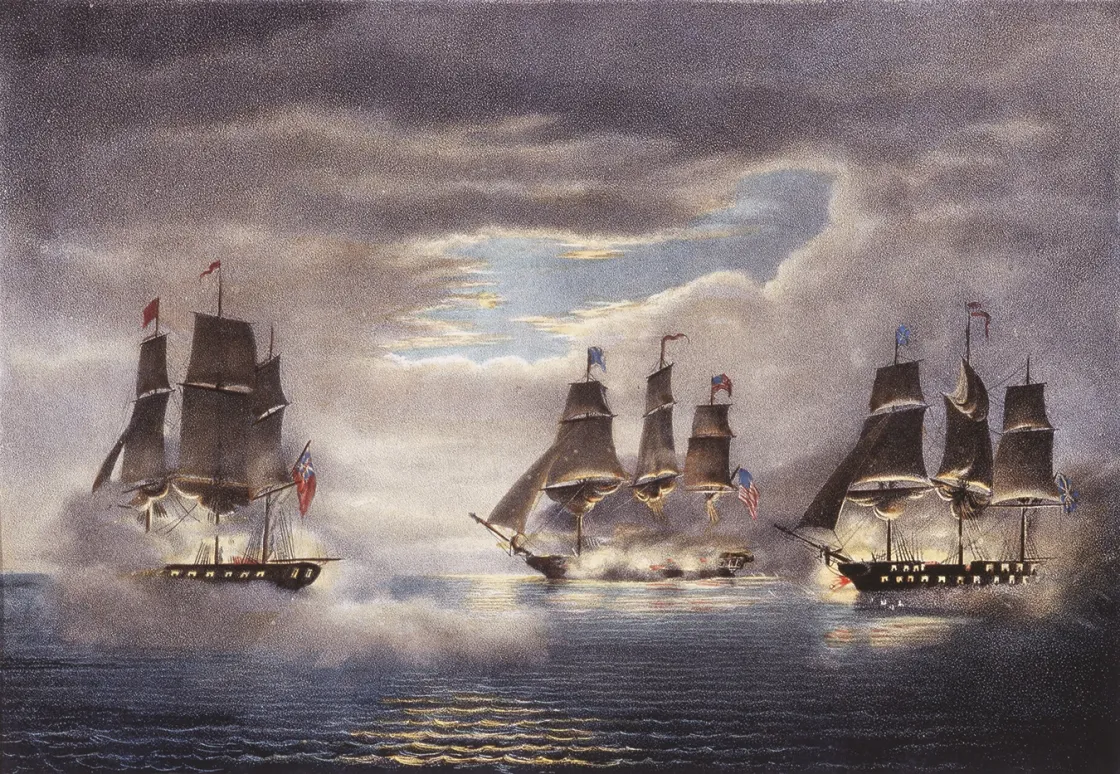
Naval warfare went through drastic changes for every nation by the 1860’s, as the rise of steam power allowed ships to cross the Atlantic in a matter of days. Weapons technology changed in a variety of ways, from the first successful use of ironclad warships in battle, which would lead to the development of the modern battleship, to the rotating turret gun on the USS Monitor to the first partially successful test of a weaponized submarine. All of these inventions had an enormous impact on future marine warfare, but at the moment, Civil War navies simply placed the U.S. in an inverse position to previous wars. They even attempted their own blockade of every Southern port on the Atlantic Coast.
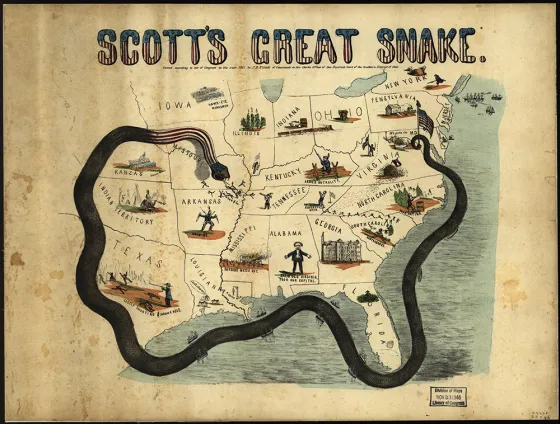
This blockade was a major part in General Winfield Scott’s “Anaconda Plan,” a plan to slowly strangle the South into submission by not only controlling the coasts, but also the rivers like the Mississippi, which would completely split the Confederacy in half, which made combined land and naval sieges like Vicksburg and Port Hudson so important. Unfortunately, the blockade as a whole failed to control the Atlantic coast. Almost three-quarters of Confederate ships that ran the blockade succeeded, in fact. This is partially because, secondly, the technological gap between the Union and Confederate navies was not nearly as large as that between the United States and Britain in 1812. In fact, many of the blockade runners were constructed in the United Kingdom, which led to rising tensions between Washington and London, especially after the Americans discovered that ironclads were being built in Britain as well. But despite building ironclads of their own, and utilizing experimental ships like the submarine CSS Hunley, the Confederacy could not provide the resources to keep up with the Union. Thanks to higher industrial capacity, the Union Navy could cut off coastal defenses from outside help, often by circumventing the firing line and leaving them vulnerable to capture. New Orleans, the largest city in the Confederacy, was taken in 1862, and the Federal Navy played a vital role in seizing the river ports of Vicksburg and Port Hudson in 1863. The latter battle won the Union control of the entire Mississippi River, preventing the western reaches of the Confederacy from sending supplies and men, and further helped wear down any rebels still on the field, while transport for the Union was greatly facilitated. The Civil War gave concrete proof to the United States how important a modern, professional navy could be.
When the war ended, so did further improvements to the navy, but when Mahan began publishing his ideas on sea power in 1890, many high-profile officials quickly began to see his point of view, especially future-president and Assistant Secretary of the Navy Theodore Roosevelt. The new fully modern US Navy quickly overcame Spain in 1898, showing that America had dropped its former penchant for isolation and catapulted itself onto the world stage. Even now, the current navy maintains a vital component of projecting American power abroad.
Learn more about naval ships and terminology here.

